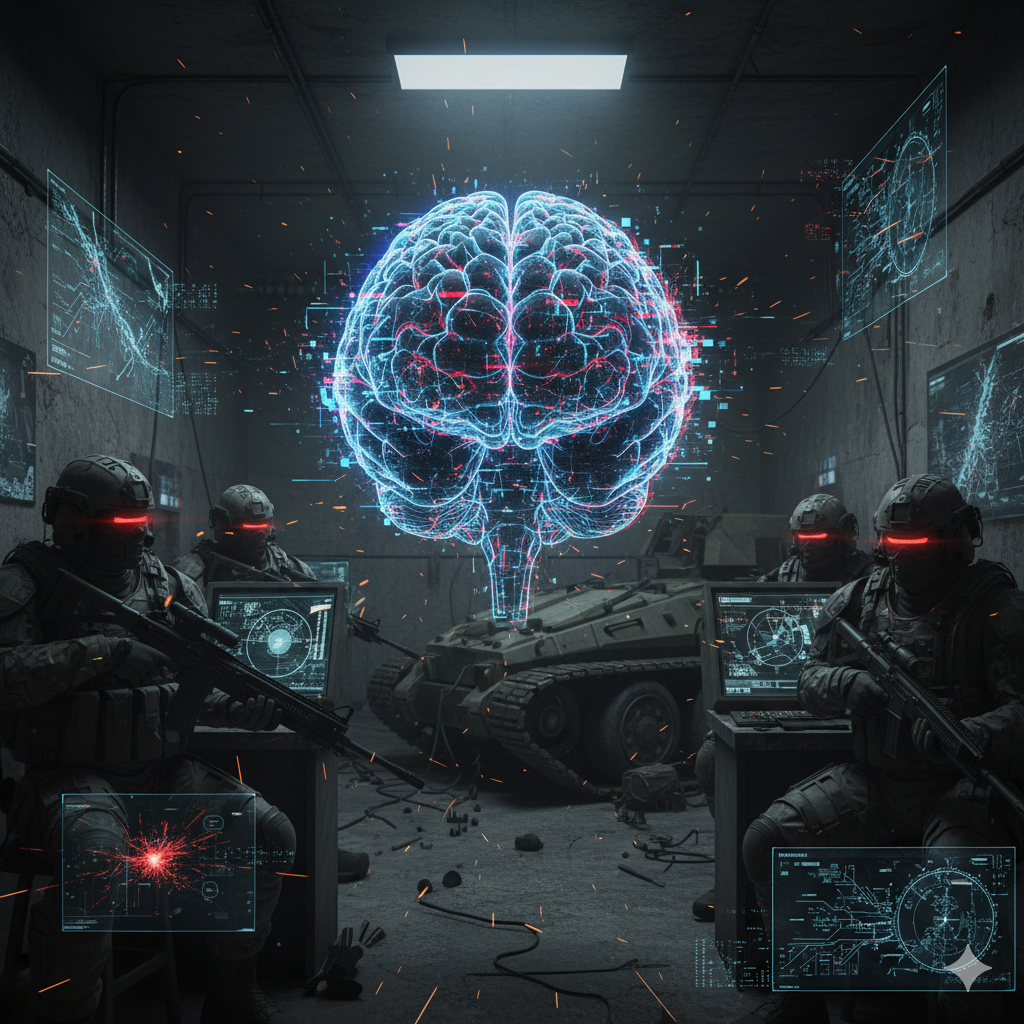During the Biden administration, I experienced a deeply unsettling encounter with a fighter jet that resembled an F-16. The incident occurred in Medford, Oregon, right near where the “No Kings” protests are now held in 2025. While I was walking outdoors in what I understand to be United States airspace. The aircraft approached and flew directly over my position at an extremely low altitude, which I estimate to be no more than 80 to 90 feet. It slowed its speed dramatically to approximately 15-20 mph, effectively hovering above me. The jet was visibly armed with rockets mounted on its wings, although their operational status was unknown to me. While positioned directly overhead, the aircraft opened its bomb bay doors. I was able to see that the bay was empty. Immediately after this action, the pilot engaged the afterburners, and the jet accelerated rapidly, disappearing from view without landing at any local facility. Although I have been told that this type of maneuver could be considered a “touch-and-go” training exercise, the deliberate and targeted nature of the event felt inconsistent with that explanation. I possess high-resolution photographs of the event but never filed a formal report, though I did recount the experience to a tow truck driver.
That experience has been gnawing at me, but now, it truly scares me. I just heard the news from a few days ago, on October 10, 2025, that U.S. Secretary of War Peter Hegseth announced a deal to build a Qatari Emiri Air Force Facility at the Mountain Home Air Base in Idaho. Idaho is right next door to me here in Oregon, and I can’t make sense of this, especially after what I saw. The announcement, made alongside the Qatari Defense Minister, was framed as a way to “enhance our combined training, increase lethality, [and] interoperability.” But the whole thing seems mired in confusing statements.
Secretary Hegseth had to go on social media to clarify, stating, “to be clear, Qatar will not have their own base in the United States—nor anything like a base. We control the existing base, like we do with all partners.” Apparently, this is a standard arrangement, but it doesn’t make me feel any better.
What unnerves me the most is the fact that this has a long history. It wasn’t a sudden decision. It goes all the way back to Qatar’s 2017 decision to buy F-15QA aircraft, with discussions about a U.S.-based training facility starting soon after. They even did a formal environmental assessment for the expansion at Mountain Home that started around 2020 and finished in 2022. That multi-year timeline proves this was a deliberate, long-term plan. The fighter jet came after me in 2023. Was what I saw related to this long-term plan?
Seeing this controversy erupt over a secretively planned, long-term military partnership right next door makes my very personal, terrifying experience feel like a small piece of a much larger, more disturbing puzzle. This encounter has left a lasting impression and leads me to question the nature of publicly discussed aerial phenomena. When officials speak about Unidentified Aerial Phenomena (UAPs) or UFOs, I wonder if they are referring to highly unusual and intimidating encounters such as this.
